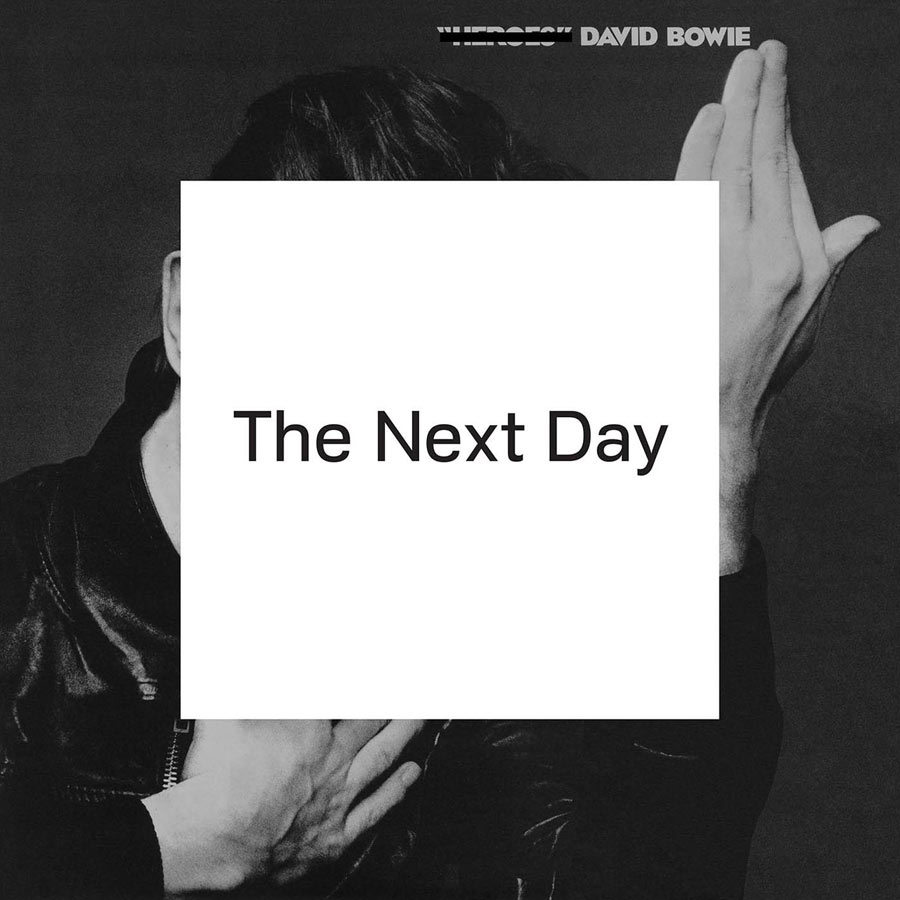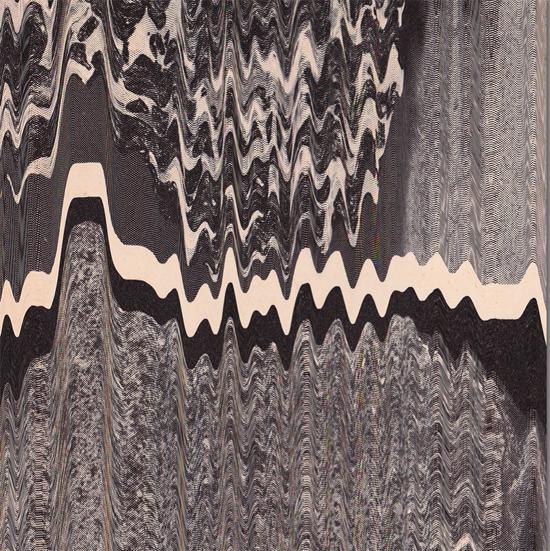We celebrate the end of the year the only way we know how: through lists, essays, and mixes. Join us as we explore the music and films that helped define the year. More from this series
This list is a filter. It erases, represses, exaggerates, and distorts. That’s what lists do.
This list is not a competition. It organizes a narrative. There is a message at the end.
This list gives credit. For an end-of-year covers list, that’s ridiculously rare (it may even be a first). A piece of music is more than a sonic treatise, it’s a total object, and, in a majority of cases, the visual component of the object is crucial to its effects.
This list is incomplete. Where such information was unavailable, I tried to source a credit for all listed artwork. Lots of people responded. Some people responded late. One guy never got back to us.
This list is a collaboration. It was compiled with suggestions from Birkut, C Monster, Nikos Giannakopoulos, E. Nagurney, James Parker, Benjamin Pearson, Alan Ranta, Rowan Savage, Tim Terhaar, and Willcoma.
This list is not about music. Why does this need saying? I tried to write about the covers on their own, to give them the respect they are due, and to mention the sonic component of their object only when necessary.
Our album list drops next week. For now, it’s time to stop reading about music and start listening to some covers.

30
David Bowie - The Next Day
Artist: Jonathan Barnbrook
[RCA]
The subject’s face is absent: an anomaly in the wider tradition of Bowie sleeves. An unimposing sans-serif logo centered within a prominent white square announces a new title; a slim, black horizontal barely erases an old one. With a brutal economy of gesture, Jonathan Barnbrook’s forthright reframing of a canonical album cover raises more questions than it answers. Is this an attempt to revive the past (and a comment on the impossibility of doing so)? Or is it, perhaps, an attempt to avoid the past (and a comment on the impossibility of doing so)? Confrontational and irreverent, Barnbrook’s non-portrait demands to know the listener’s stake in something already readymade: the appeal of a world-historical icon.

29
Wanda Group - Outer Alsatian
Artist: Louis Johnstone
[Notown]
Initially — and one suspects deliberately — unprepossessing, a few surprising details complicate attempts at a straightforward reading of this image by Brighton-based experimental artist and beatmaker Louis Johnstone. A clever use of shadow breaks a block of dense squiggle into two overlapping surfaces, bringing the purpose of abstraction into question. Computer-generated patterns of glitch-weave merge with a queasy smear of oils. By combining digital and painterly methods in this way, Johnstone seems to be suggesting an experience of abjection that is common to both humans and computers.

28
The Stranger - Watching Dead Empires In Decay
Artist: Guy Denning
[Modern Love]
A former Stuckist and one of the founding figures of Neomodernism, Guy Denning has made a career out of complicating his own search for a metamodernist realism capable of undermining modernist optimism without succumbing to postmodernist cynicism. His work can often seem like a gloomy satire of classically Romantic concerns, replete with its own unsettling intimations of a universal urban experience that could be considered sublime. Here, a weathered concrete tower block seems to withdraw from a grim street scene, the stark, functional angles of brutalist architecture phasing into oppressive bands of smudge-tone. The windows of this 10-storey building are not intended to open into human lives, but to impress the spectator with a feeling of dread. Denning’s sketch effectively captures a mood of mystery and foreboding.

27
DAT Politics - Powermoon
Artist: Matthieu Bourel
[Tigerbeat6]
Intense and often humorous, the work of digital collagist Matthieu Bourel is full of strange innuendoes and anarchic visual puns. At first glance, it appears as though the subject of this predominantly monochrome image is removing half of his head-planet to reveal a luminous core. However, a closer look reveals the presence of not one, but two figures, their semispherical half-heads almost merging to form a single planet. If the suggestion of a symmetrical kiss carries with it echoes of Aristophanes’ erotic encomium in the Symposium, the use of mantled layers and richly contrasting colors expresses a fundamental disjunction between the violent passions of subjective experience and the grey truths of objective appearance.

26
Julian Lynch - Lines
Artist: Julian Lynch
[Underwater Peoples]
Spidery blue lines impossibly cage this beastly pair, who seem to howl in outrage at the prospect of captivity. The power of this image lies in the conflict between the suggestive heft of the found lions and the frailties of the painted line. There is a fluid sense of sadness here, evoking both the psychic challenge of a repressed trauma and the public filter of performance. By containing a symbol of potency and strength behind such spidery and uneven ranks, the artist subtly demonstrates the primacy of perspective and the distortion of memory. If Lynch, an ethnomusicologist and multi-instrumentalist, has always seemed one of the unlikeliest of troubadours, his cover of Lines offers a frank admission of life behind the curtains, or even, indeed, between the lines.

25
Desmadrados Soldados De Ventura - Striiide
Artist: Rudy Rucker
[Deep Distance]
A pair of bulging eyeballs and an intrusive serpentine limb protrude from a gilt-edged, fleshy pulp that borders the top and bottom of the frame. Their target: a baleful, cartoonish everyman wielding a massive, old-fashioned car-horn that douses his opponent in a stream of fire. On the periphery, two figures address the viewer with quizzical expressions, as if they are challenging her to explain this nonsense. By prioritizing solid lines and the simplification of color and form, this gung-ho comic scene emphasizes the harmless violence of slapstick in a free-flowing doodle-sprawl of Alt. Expressionism. Painter and author Rudy Rucker is the great-great-great-grandson of Hegel and fills out his collection of world-historical namedrops with the claim that he is “the only novelist to have known Kurt Gödel and William Burroughs.”

24
Masayoshi Fujita - Stories
Artist: David Fleck
[Flau]
A diaphanous forest scene rises from an open book; birds scatter from viny trees while leaves gather on the pages below. This understated piece, the work of Glasgow-based illustrator David Fleck, offers an allegorical interpretation of its title theme that is both straightforward and seductive. By linking the impersonal wonders of nature with the narrative tendency of the imagination, Fleck emphasizes the spontaneous creativity inherent in introspective listening. Although the soaring birds and trailing branches suggest there is always something about the story that lies outside of the storyteller’s control, the bright smears of color confirm an essential optimism. These earnest associations might feel hackneyed without a sense of restraint that marvels, but does not indulge.

23
Tropic Of Cancer - Restless Idylls
Artist: Juan Mendez
[Blackest Ever Black]
With its bold compositional structure and vivid use of color, this lurid photograph is both dramatic and ambiguous. Harsh lighting and angled shadows separate layers of high-contrast tones. Three pale rose heads describe a triangle, perched atop the branches of an ornate candelabrum. An outstretched hand intrudes into the bottom-right corner, frozen in the middle of some urgent, inexplicable intervention. A techno producer by trade, Juan Mendez is also responsible for a series of covers that deal with the imagery of instrumentality and violence through the manipulation of recurring visual tropes. Although Mendez’s production background informs his dynamic organization of minimal materials, the immediately distinguishable gothic sensibility is rooted in a record collector’s love of industrial/post-punk culture.

22
Gatekeeper - Young Chronos
Artist: Jaroslaw Kukowski
[Presto?!]
The use of this image raises questions about authorial control and authenticity. The Polish artist Jaroslaw Kukowski identifies himself as a Surrealist, and his work is certainly influenced by the mutant biomorphism of Yves Tanguy and the overblown religiosity of 1950s Dalí. Unfortunately, picking through the occasional lapses into tobacco tin porno-realism among the more conventional Fantasy pieces contained within his patchy web galleries only serves to illustrate just how diluted that concept has become. By electing to pastiche, rather than parody, Kukowski not only tacitly confirms his inferiority as an artist, he partakes in the needless mummification of a decayed form. These issues are wryly acknowledged within the context of the Young Chronos project, a “tongue-in-cheek dystopia” (Nico Callaghan) that satirizes/glorifies the utopian grandeur and sci-fi pomposity of the techno tradition. In different ways, perhaps, sonic cosplayers Gatekeeper and Surrealist manqué Kukowski challenge conventions of good taste.

21
V/A — I Am The Center: Private Issue New Age Music In America 1950-1990
Artist: Gilbert Williams
[Light In The Attic]
Bathed in the light of a glowing celestial orb, a solemn angel hovers above the clouds. This luxuriant composition combines mystical kitsch with a Rococo lightness of touch. Pastel hues toil in search of a serene mood, but the clumsy use of symbolism testifies to a raw outsiderism. Like a lot of New Age art, it’s not immediately obvious whether this picture is intended to calm us or the artist down. In this case, Gilbert Williams describes his work as an attempt to portray “higher dimensional worlds and magical beings,” but what’s fundamentally fascinating about New Age is that so many different artists and musicians spoke the same private language independently of one another. This lavish box-set makes eyecatching use of Williams’ paintings to represent that harmony of concerns, implying not just a movement, but an artist, with a centralizing vision.
We celebrate the end of the year the only way we know how: through lists, essays, and mixes. Join us as we explore the music and films that helped define the year. More from this series
